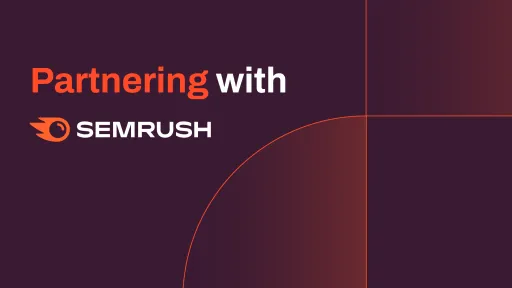You might think enough has been written about the GDPR. Almost everyone is now aware of what consent is needed to collect which data. The privacy legislation has turned us all into amateur lawyers. However, there is a neglected aspect that deserves more attention: the impact of how consent is collected on data quality.
It is evident that we have access to less data since the introduction of GDPR. But almost always, there is still plenty of data left to draw meaningful conclusions. The condition is that the data used is valid. So that the data measures what it is supposed to measure. On many websites, the validity is compromised by incorrect handling of consent.
The first page of the web visit is very important for accurate measurement. Measuring this page gives you an idea of where your visitor enters your website. But more importantly: this page also tells you through which traffic source the visitor came to your website. A measurement missing this information has lost much of its value and can lead to incorrect conclusions during the analysis phase. Often, it is precisely this information that is lost when processing user consent. This concerns not only Google Analytics data but also data collected using marketing tags.
The following tips help you minimize the damage:
Tip 1: Improve the consent experience - Encourage the visitor to make a choice on the first page of their visit.
Ensure that the visitor is encouraged to make a choice on the first page of their visit by placing the cookie banner prominently. Delaying the decision by placing a cookie banner at the bottom of the page can lead to lower data quality.
Tip 2: Collect data immediately after consent is given.
Do not wait until the next page to load the tags after consent is given. As mentioned earlier, the first page contains valuable information that should not be missing from your analysis.
Tip 3: Consider applying Consent Mode Advanced
Google consent allows data to be collected efficiently in line with the consent given by the visitor. Because the tag itself already takes into account the given consent, it is technically not necessary to block the tag itself. Of course, this is on the condition that the consent mode is correctly linked to your consent management platform.
Tip 4: Be cautious with redirects immediately after obtaining consent.
Often, you see a website refreshing the page immediately after the visitor has given consent. In many cases, this also leads to the loss of the original traffic source, meaning you do not know how the visitor landed on your website.
Tip 5: Identify and mark data with questionable data quality.
If you know that data from a particular session is unreliable, for example, because data from the landing page is missing, it can be useful to mark this data in your analytics software. This makes it possible to exclude this data from certain analyses.
We live in a time where a lack of data is rarely the problem. Much more important is the question of whether the data aligns with the question you want to answer. Due to societal and technical developments that affect the quality of your data, this question is more relevant than ever.
Need help optimizing your data quality? Contact us for a Privacy First Marketing Scan.




